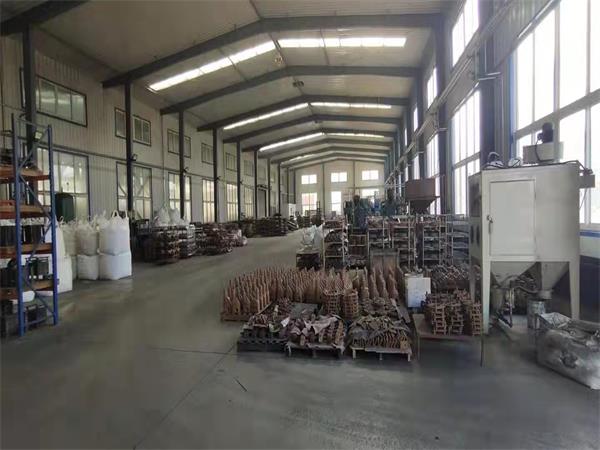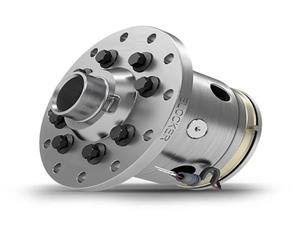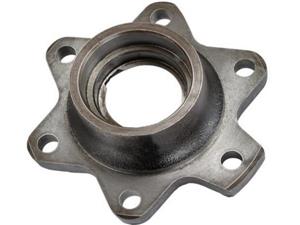Do You Know the Difference Between Various Types of Sand Molds in Sand Casting?
Sand casting is mainly divided into three types: water glass sand, resin sand, and coated sand. The main difference between them is that they use different binders and curing agents, so their production processes are different.
Water glass sand: Use water glass as a binder and quartz sand in a certain proportion to make molding sand. After the mold is made, blow carbon dioxide to solidify, then demold, close the box, and pour into castings.
Coated sand refers to molding sand or core sand with a layer of solid resin film on the surface of the sand before molding. There are two coating processes: cold method and hot method: cold method dissolves the resin and adds urotropine during the sand mixing process, so that the two are coated on the surface of the sand to obtain coated sand; hot method preheats the sand to a temperature, adds resin to melt it, stirs to coat the resin on the surface of the sand, adds urotropine aqueous solution and lubricant, cools, crushes, and sieves to obtain coated sand. Coated sand casting is used for steel and iron castings.
Coated sand casting mainly uses quartz sand as raw sand, thermoplastic phenolic resin, urotropine and reinforcing agent as raw materials. According to the different needs of users, the proportion is appropriately adjusted in terms of curing speed, demolding, fluidity, disintegration, casting surface finish, storage, etc. Coated sand casting is one of the modeling materials for automobiles, tractors, hydraulic parts, etc.

Resin sand refers to molding sand or core sand that uses artificial synthetic resin as a binder for sand particles. After the resin sand is used to make a mold or core, the resin undergoes an irreversible cross-linking reaction and solidifies through the action of a solidifying (hardening) agent, thereby giving the mold or core strength. Resin sand is used as molding (core) sand in modern casting production. The disadvantage of resin sand is that the binder is expensive and pollutes the air. In order to save the amount of resin, the original sand with pure round sand particles that has been washed or scrubbed is generally used.
Whether sand casting uses water glass sand, resin sand or coated sand, it is to more accurately match the structure, dimensional accuracy and surface quality requirements of different castings. At the same time, we will flexibly select suitable sand materials and molding processes according to customer product characteristics and technical requirements. Fuding’s employees have more than ten years of experience in sand casting processes, so you don’t have to worry about product quality when purchasing. In addition, our sand castings are not only standard in size, but also have solid internal density. Many old customers say that our castings are reassuring.




